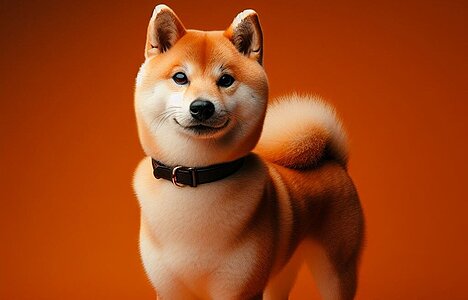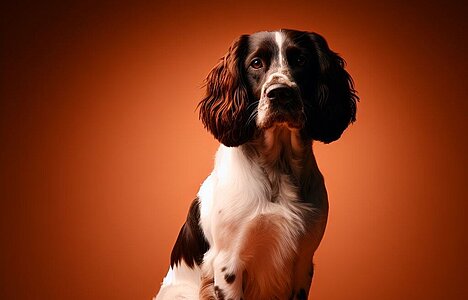The Akita Inu: A loyal companion from Japan
History of the Akita Inu
The Akita Inu has its roots in the Akita region of Japan, from which it takes its name. Originally, these dogs were bred to hunt large game such as bears and deer. Over time, the Akita Inu developed into a symbol of prosperity and was often kept by samurai and aristocrats. During the Second World War, the breed experienced a decline, but thanks to dedicated breeders, the Akita Inu was preserved and revived. Today, it is valued worldwide as a loyal and noble companion.
Who is the Akita Inu suitable for?
The Akita Inu is not necessarily suitable for first-time dog owners, as it requires consistent training and experienced handling. It is ideal for people who are active and can spend a lot of time with their dog. Families with older children get on well with the Akita Inu, but care should always be taken if there are small children in the household.
Character of the Akita Inu
The Akita Inu is known for its loyalty and courage. It is a calm and dignified dog that nevertheless has a strong personality. This breed tends to be reserved towards strangers, but is usually friendly and protective of its family. The Akita Inu is intelligent and eager to learn, but also independent, which can sometimes be interpreted as stubbornness.
Appearance of the Akita Inu
The Akita Inu is a large, strong dog with a proud stance. It has a dense, double coat that can come in different colors such as red, white and brindle. Its erect ears and characteristic tail, which curls over its back, give it an unmistakable appearance.
Grooming the Akita Inu
Grooming the Akita Inu is relatively simple, but requires regularity. The dense coat should be brushed at least once a week to remove loose hair and keep the skin healthy. More frequent brushing is necessary during the spring and fall shedding seasons. The ears should be checked regularly for cleanliness and the claws trimmed if necessary.
Health of the Akita Inu
The Akita Inu is generally a robust and healthy breed. However, like many larger dog breeds, they are prone to hip dysplasia and other joint problems. Eye diseases such as progressive retinal atrophy can also occur in this breed. Regular veterinary examinations and a balanced diet are important to maintain the health of the Akita Inu.
Size and weight of the Akita Inu
Males reach a shoulder height of 64 to 70 cm and weigh between 45 and 59 kg. Females are slightly smaller with a shoulder height of 58 to 64 cm and a weight of 32 to 45 kg.
Exercise requirements of the Akita Inu
The Akita Inu needs plenty of exercise and mental stimulation. Daily walks and playtime are a must. Although it is adaptable, it is not ideal for living in a small city apartment unless it gets enough exercise and outdoor activity.
Training recommendations for the Akita Inu
Consistent and loving training is crucial for the Akita Inu. Early socialization is important to ensure he gets along well with other dogs and people. Positive reinforcement and patience are key, as the Akita Inu can be stubborn at times.
Grooming tips in detail
As well as brushing their coat, your Akita Inu's teeth should be brushed regularly to prevent tartar build-up. The ears should also be checked and cleaned weekly to prevent infections. Be sure to trim your dog's claws if they get too long.
Behavior and interactions
The Akita Inu is generally friendly and loyal to its family, but can be dominant towards other animals. Early socialization and a clear hierarchy within the household help to avoid conflicts. The Akita Inu gets on well with children as long as they are respectful and calm.
Recognition by the FCI
The Akita Inu is recognized by the Fédération Cynologique Internationale (FCI) and belongs to Group 5: Spitz and primitive type dogs, Section 5: Asian Spitz and related breeds.
Information
Country of origin
Appearance
Coat length
Coat color
Fur pattern
Height at withers
Weight
Life expectancy
Attribute
Purpose of use
Breeding
FCI-Group
Standard
Section
More pictures
Similar to Akita Inu
These dog breeds look similar to the Akita Inu or resemble it in character.




